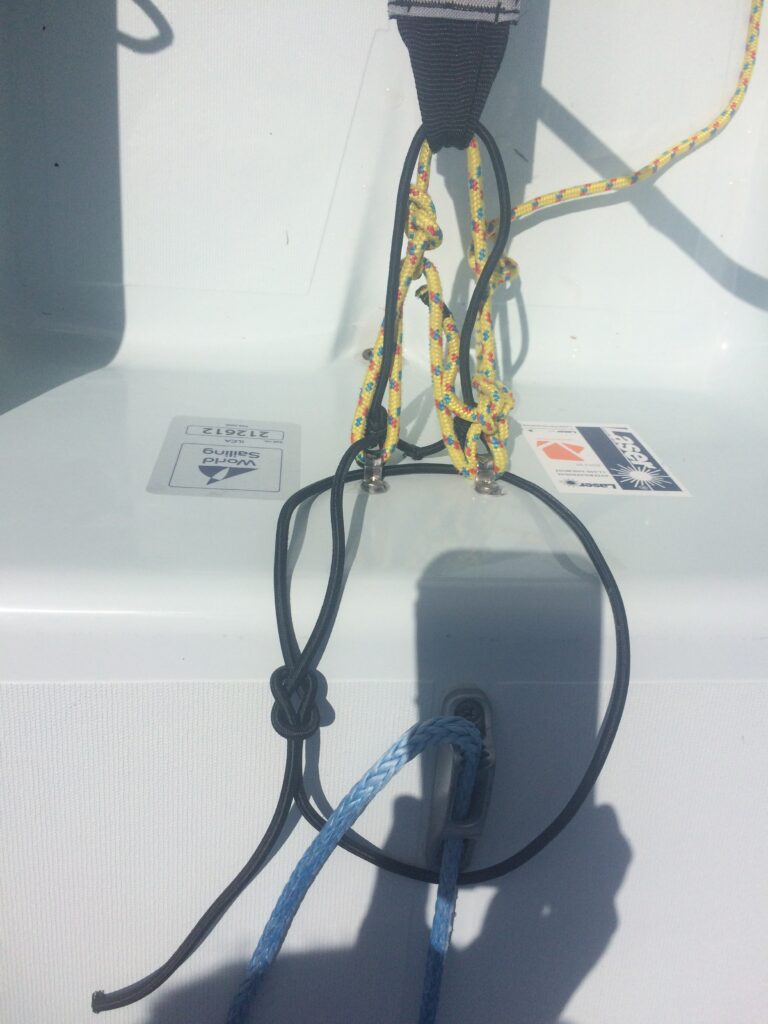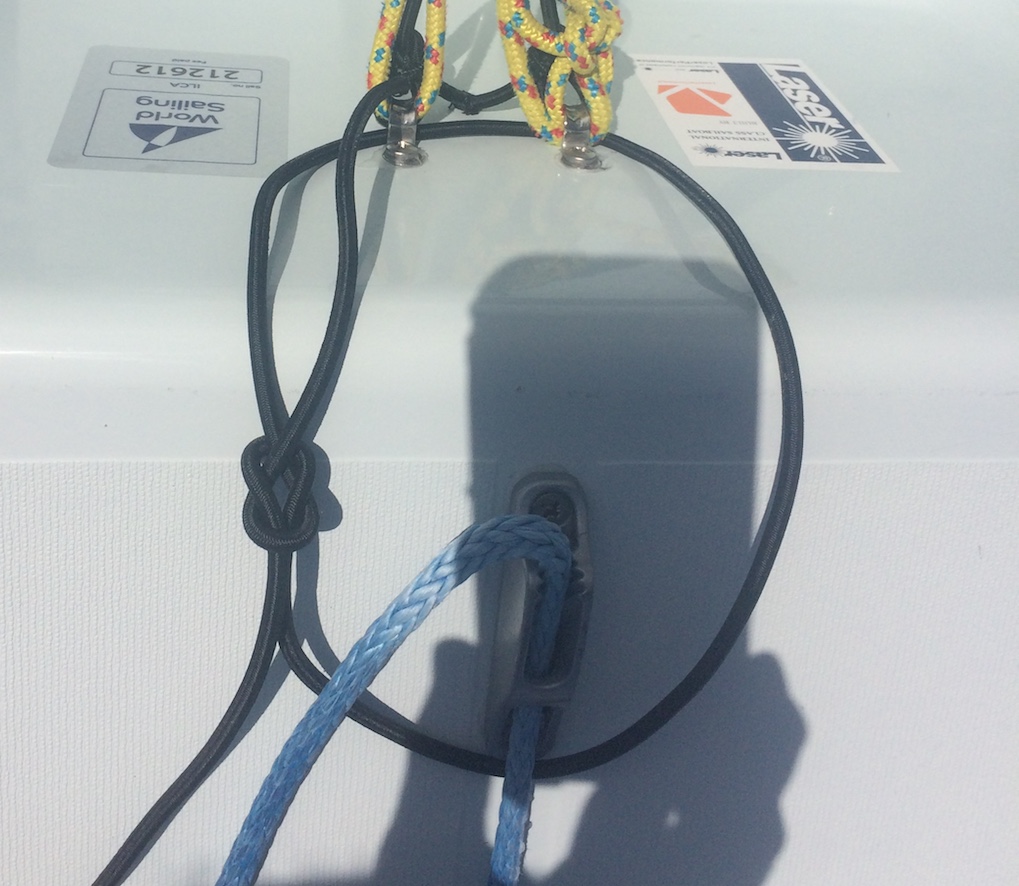Hydration seems like such an obvious concept in our sport. We are outdoors and in constant exposure to the wind and sun. Everyone knows they need to be well hydrated yet few understand when they are optimally hydrated or are starting to become dehydrated. In this article, we will discuss the importance of hydration, performance factors of dehydration, how you can stay away from it, and strategies to ensure you are getting what you need.
How does dehydration affect our performance? When we become dehydrated our blood plasma decreases causing thickening of the blood. This leads to the heart and body taking on a larger workload to move the more viscous blood (an increase of heart rate). Losing about 2% of your body weight in fluids (a very small amount) will result in a 4% decrease in performance in both muscular strength and endurance.
In a given day if we are sedentary a 160lb person will lose about 2 liters of water, most of this is through urine and the remainder is sweat in breath. If we are racing in a hot and windy conditions this amount significantly increases. For example if a 180lb person were to forgo fluids on a 4 hour race day they would lose close to 4 lbs of fluid body weight resulting in a 4% performance decrease of their physical output.
Losing about 2% of your body weight in fluids will result in a 4% decrease in performance in both muscular strength and endurance.
With this much water being lost being lost is seems intuitive that our body would constantly be craving fluids. Unfortunately, this is not the case and by the time our body sends a signal to drink, dehydration is well underway. Because we don’t fully retain what we drink in order to replenish fluids it can take between 24- 48 hours to rehydrate if thirst alone is the controlling factor.
So how much should you be drinking on the water? In moderate conditions with heat 750ml/hour is a good number to be hitting. There are many factors that can change this but this is a great place to start. If this isn’t cutting it and you find your weight dropping use that every pound of fluid lost an additional 500ml/pound lost should be consumed.
Of course when we sweat not only water is lost but also waste and nutrients are excreted as well. Most popularly among this list are electrolytes. Adding and electrolyte mix or tablet (such a GU or NUUN) to what you consume on the water is greatly beneficial. If you are on land and in between meals regular water is fine. Pre-made sports drinks? Due to the high glycemic index of most of these beverages, they are not ideal to consume in large quantities and should be left to post-exercise in moderate amounts.
With all of this in mind, how do we gauge our level of hydration? Outside of overall good feeling, a much more objective way of assessment is done through examining our urine. Importance of hydration can also be judged as it affects our urine. A visit should the bathroom should be made at least once every two hours and urine should be clear to light yellow. If this is not being met then additional fluid need to be consumed.
How do we ensure that we are able to drink when we are on the water? Well, a support boat holding on an ample supply of your fluid is ideal however this is not always realistic. Some sailors leave loose bottles in their cockpits however this compromises performance and risks tangles or simply losing the bottle. Others attach to their masts but again this can be somewhat in the way. Our preferred method involves creating a loop through the two eyelets of the hiking strap and around the travel cleat. This straightforward method is out of the way of your lines, feet and sight and doesn't interfere with sailing the boat optimally. It can accommodate bottle sizes of up to 2 liters which is ideal for a two and a half hour training session.

With the importance of hydration as a contributor to performance and such a controllable process it seems silly to be overlooked when rushing out onto the water. Drink up my friends!

Rigging a bungee behind the traveller cleat and through the hiking strap eyelets allows the water bottle to be out of the way and accessible.